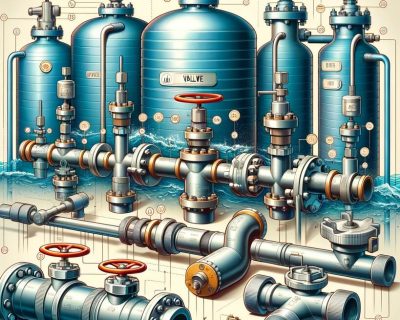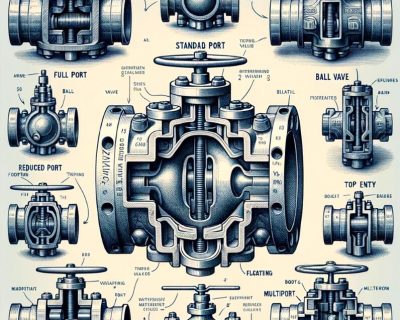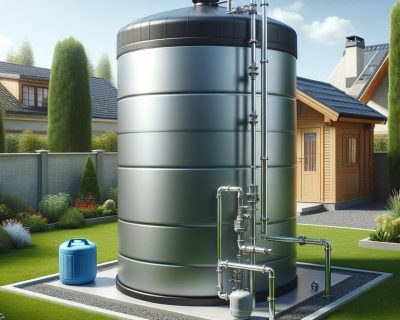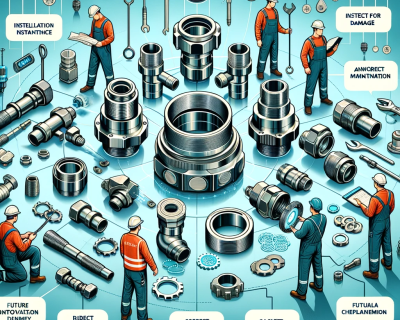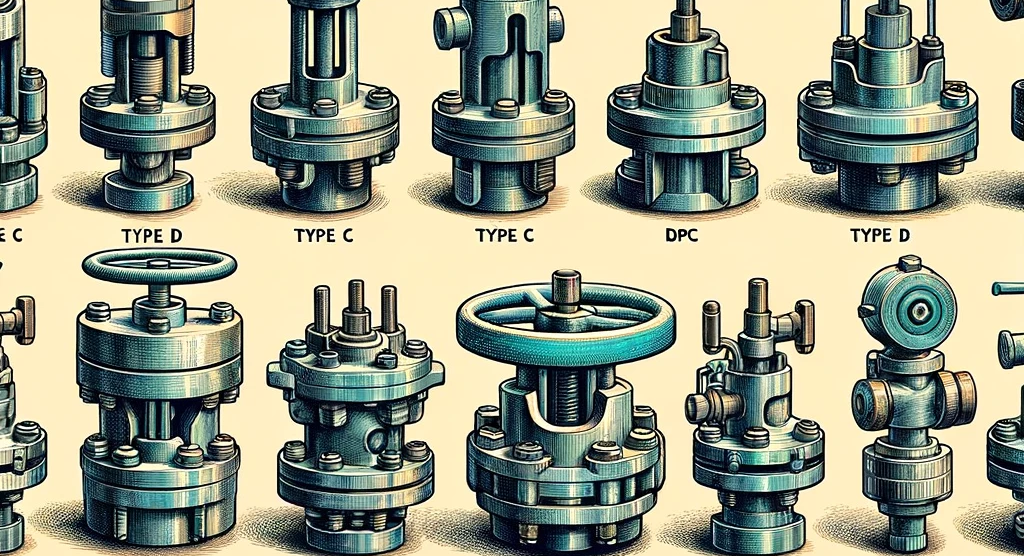
Understanding Camlock Valves: Types, Materials, and Mechanisms
Table of Contents
ToggleIntroduction to Camlock Valves
Camlock valves, or cam and groove couplings, are ubiquitous in the fluid handling industry. They are quick-connect fittings used for connecting and disconnecting hose or pipe fittings in various applications. The simplicity and efficiency of camlock valves make them popular in industries ranging from chemical processing to food manufacturing. This article delves into the history, types, materials, and mechanisms of camlock valves, offering a detailed view of this vital technology.
History and Evolution of Camlock Valves
The inception of camlock valves dates back to the mid-20th century when the need for quick, reliable, and leak-proof connections in industrial applications grew. Initially, they were primarily used in the military for transporting liquids like fuel and water. Over time, their reliability and ease of use led to widespread adoption across various industries. Technological advancements have refined their design, making them more versatile and secure.
Types of Camlock Valves
Camlock valves come in several types, each designated by a letter from A to F, and two additional types, DC (Dust Cap) and DP (Dust Plug). For instance, Type A has a male groove adapter and a female pipe thread, while Type B coupling features a female camlock end and a male pipe thread. Each type serves a specific function and is chosen based on the system requirements they are being integrated into. For example, Type E adapters are frequently used with hoses in water transport, while Type F is often found in agricultural applications for transferring water and fertilizers.
Materials Used in Camlock Valves
The materials used to construct camlock valves are critical to their functionality and durability. Stainless steel is a highly durable metal known for its resistance to corrosion and strength.This makes it ideal for use in harsh environments where other metals may fail due to rust or other forms of corrosion. Aluminum, on the other hand, is lighter and more cost-effective but less durable than stainless steel. Brass camlock valves are used in applications where corrosion resistance and flexibility are paramount. Lastly, polypropylene, a type of plastic, is used for its chemical resistance and suitability in environments where metal is not appropriate.
Mechanism and Functionality
The working principle of camlock valves is straightforward yet effective. They consist of a male (plug) and a female (coupler) end, which lock together with a simple lever operation. The female end has two cam arms that are pulled down to secure the male end in place. This mechanism ensures a tight and secure connection, preventing leaks. The design’s simplicity enables rapid connection and disconnection, reducing industrial downtime.
Camlock valves are highly valued in industries for their efficiency and reliability. In the chemical industry, for instance, they transfer hazardous materials, quickly reducing exposure risk. In the food and beverage industry, they are essential for maintaining hygiene and preventing contamination during the transfer of liquids.
In conclusion, Camlock valves are a fluid-handling technology cornerstone. Their evolution, variety, material composition, and simple yet effective mechanism make them an indispensable tool across numerous industries. Understanding these aspects of camlock valves is crucial for professionals in sectors where efficient and safe fluid handling is a priority.
Applications of Camlock Valves
Due to their versatility and reliability,
Camlock valves have diverse applications across various industries. In the petrochemical industry, they are used to quickly and securely transfer oil, gasoline, and other petrochemical products. The agricultural sector utilizes these valves for efficient irrigation systems and fertilizer distribution. In the pharmaceutical industry, Camlock valves ensure the safe and contamination-free transfer of sensitive liquids and chemicals. Additionally, they are widely used in water treatment plants, firefighting equipment, and food and beverage production, emphasizing their importance in industrial and everyday applications.
A notable example is their use of emergency response equipment. In firefighting, Camlock valves enable quick connection and disconnection of hoses, which is crucial during time-sensitive operations. This efficiency significantly impacts the effectiveness of firefighting efforts, demonstrating the practical importance of camlock valves in critical situations.
Installation and Maintenance
Proper installation and maintenance are key to maximizing the efficiency and lifespan of camlock valves. Installation generally involves inserting the male end into the female coupler and pressing the cam arms to secure the connection. It is crucial to ensure that the gasket is properly seated and that there is no debris on the sealing surfaces. Regular maintenance includes inspecting for any signs of wear or damage, especially in the gasket and cam arms. Lubrication of the moving parts is also recommended to maintain smooth operation.
Preventative maintenance can significantly reduce the risk of failures and leaks. For example, in the oil and gas industry, regular inspection and maintenance of camlock valves are vital to prevent hazardous leaks, illustrating the importance of diligent upkeep.
Safety Considerations
Safety is paramount when dealing with Camlock valves, especially in hazardous materials industries. It is essential to choose the correct type and material of valve for the specific application to prevent leaks and accidents. Users must ensure the valves are properly locked during use and compatible with the fluids being handled. Furthermore, following industry standards and obtaining valves with the necessary certifications is crucial for ensuring safety and compliance.
In scenarios involving volatile chemicals, using camlock valves made of compatible materials reduces the risk of chemical reactions, which could lead to dangerous situations. This highlights the importance of understanding the chemical compatibility of materials used in camlock valves.
Innovations and Future Trends
The future of camlock valves is directed toward increasing safety, efficiency, and adaptability. Innovations include the development of valves with improved locking mechanisms to prevent accidental disconnections and using smart technologies for better monitoring and control. Materials more resistant to extreme temperatures and corrosive substances are also being developed.
An emerging trend is the integration of IoT (Internet of Things) technology in camlock valves. This advancement allows real-time monitoring of the valve’s status, predictive maintenance, and improved safety measures. For instance, in the chemical industry, IoT-enabled camlock valves can provide valuable data on flow rates, temperature, and potential leak detection, enhancing safety and operational efficiency.
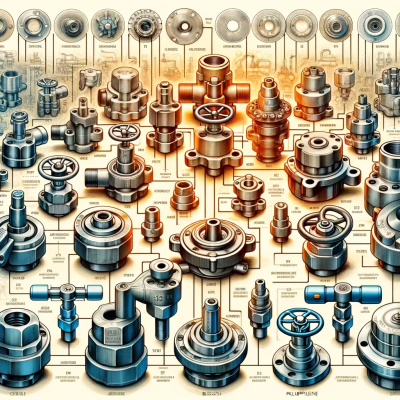
Conclusion
Camlock valves play a critical role in efficiently and safely handling fluids across many industries. Their evolution, diversity in types and materials, ease of use, and a broad range of applications underscore their indispensability. As technological advancements continue, camlock valves are set to become even more integral to industrial operations, with improved safety features and connectivity. Understanding the nuances of these valves is essential for professionals in any field where fluid transfer is a concern, highlighting their universal importance in modern industry.


